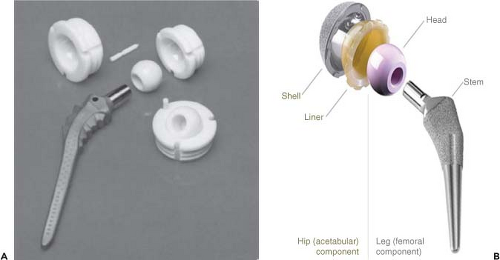This bearing plays a particularly relevant role in young active patients and shows advantages over other bearings in biocompatibility wear rate and lubrication properties.
Ceramic on ceramic hip replacement increase in alum.
The results of ceramic on ceramic coc total hip arthroplasty tha in younger patients were not univocal.
The monoclinic the tetragonal and the cubic phases.
Ceramic on ceramic and metal on metal bearing surfaces are often employed for total hip replacement because of their resistance to wear.
Based upon this observation we believe it is appropriate to consider revision for the unstable ceramic on ceramic total hip replacement.
We investigated factors that were thought to be associated with an increased incidence of squeaking of ceramic on ceramic total hip replacements.
Prague rates of audible squeaking are higher in uncemented ceramic on ceramic bearings used in total hip replacement than in ceramic on ceramic hybrid bearings new research shows.
Between june 1997 and december 2008 the three senior authors implanted 2406 primary total hip replacements with a ceramic on ceramic bearing surface.
Brittleness is a major concern for ceramic and ion release is a drawback for metal.
The use of ceramic on ceramic coc bearings in primary total hip arthroplasty tha is increasing and has been intensively analysed.
Ceramic hip replacement systems made of durable ceramic oxides of metal offer both advantages and disadvantages over hip replacement systems made of metal or polyethylene among the advantages of ceramic hip replacements are their durability and that they don t release metal debris into the body which can occur with metallic artificial hips.
All 12 squeaking hips showed evidence of edge loading with up to 45 times greater wear than that reported for then the 33 silent hips 54.
Retrieval analyses of ceramic bearings have demonstrated severe patterns of damage in cases revised for instability with extensive metal transfer and material loss of the ceramic component 1 28.
Zirconia zro 2 zirconia ceramic was introduced in the manufacture of femoral heads for total hip replacements because of its higher strength and toughness which would reduce the risk of fracture.
A primary problem affecting total hip arthroplasty tha survivorship is wear debris the resultant wear induced osteolysis and eventual loss of fixation 1 at present bearing surface combinations consisting of either moderate to highly cross linked polyethylene with metal or ceramic heads 2 3 metal on metal mom 4 and ceramic on ceramic coc 5 are currently.
This study aims to evaluate the results of coc bearing tha in patients younger than 50 years.
In support of this walter et al 2011 analysed 12 ceramic on ceramic components retrieved from squeaking joints and compared these with 33 silent ceramic on ceramic hip retrievals.
2 zirconia has a monoclinical crystalline structure at room.















.jpg)







